|
Are you interested in harnessing the power of flowing water on your property to generate electricity? Planning a micro hydropower system requires careful consideration of various factors, including the available head (vertical distance) and water flow (quantity). This guide will take you through the steps to plan a micro hydropower system and help you understand the critical aspects involved. 1. Assess the Head and FlowTo determine if a micro hydropower system suits your property, you must assess the vertical distance (head) and the quantity of flowing water (flow). These two factors play a crucial role in estimating the power output of your system. 2. Calculating Power OutputOnce you have determined the head and flow, you can estimate the power output of your micro hydro system. The following equation can provide an approximate estimation: [net head (feet) × flow (gpm)] ÷ 10 = Power (Watts) This equation considers the net head, which accounts for losses due to friction and turbulence in the piping. The flow is measured in U.S. gallons per minute (gpm). This estimation assumes an efficiency of 50% to 70% or higher, representing most micro hydropower systems. 3. Determining the Head at Your SiteHead refers to the vertical distance that waterfalls in your micro hydropower system. It is typically measured in feet or meters. The characteristics of the channel or pipe through which the water flows also affect the head. Most micro hydro sites fall into the categories of low or high head. It's important to note that a vertical drop of less than 2 feet (0.6 meters) may make a small-scale hydroelectric system unfeasible. However, for minimal power generation, a submersible turbine can work with as little as 13 inches of water. Determining the gross head, the total vertical distance between the top of the forebay water level and the turbine water discharge level requires professional surveying or using tools like U.S. Geological Survey maps. Preliminary estimates can be obtained using the hose-tube method. 4. Assessing Flow at Your SiteFlow refers to the quantity of water falling from your potential micro hydro site. It is measured in gallons per minute (gpm), cubic feet per second, or litres per second. Accessing existing flow data from local offices such as the U.S. Geological Survey, U.S. Army Corps of Engineers, or the U.S. Department of Agriculture is ideal. However, if data is unavailable, you can measure flow using the bucket or weighted-float method. The bucket method involves diverting the stream's flow into a container and measuring the filling rate. The weighted-float way measures stream depths and calculates flow velocity. These measurements, combined with the cross-sectional area of the stream, help determine the flow rate. 5. Considering EconomicsAfter estimating the power output, you can evaluate the economic feasibility of your micro hydropower system. Consider the total costs of developing and maintaining the site over the system's expected lifespan. Divide this amount by the system's capacity in watts to determine the cost per watt. Compare this cost with utility-provided power or other alternative energy sources to assess the financial viability. Remember that hydroelectric systems are generally long-lasting, with low maintenance costs. Explore financial incentives available on the state, utility, and federal levels to support investments in renewable energy systems. 6. Permits and Water RightsBefore installing a micro hydropower system, it's essential to understand the local permit requirements and water rights. The permitting process varies based on whether your system will be grid-connected or stand-alone. Minimal impact systems with no power selling typically require less effort for permits.
Contact your county engineer and state energy office for guidance on local regulations. Contact the Federal Energy Regulatory Commission and the U.S. Army Corps of Engineers for any necessary approvals. Ensure compliance with water rights regulations, as you may need a separate water right for power production. By following these steps, you can effectively plan a micro hydropower system and make informed decisions regarding the feasibility and implementation of this renewable energy solution. Discover the power of flowing water with our Affordable Micro Hydro Power Systems. Take control of your energy generation and harness the renewable potential of water resources. Visit SEWS-Global today and start your journey towards sustainable and cost-effective electricity. The need for sustainable and clean energy sources has become increasingly evident in today's world. Renewable energy technologies are gaining prominence as we strive to reduce our carbon footprint and mitigate climate change. Among these technologies, micro hydropower systems offer a reliable and eco-friendly option for generating electricity. However, it is crucial to balance energy generation and preserving ecological integrity. This article delves into the environmental impact of micro hydropower systems, highlighting the importance of maintaining harmony between energy production and ecology. The Environmental Benefits of Micro HydropowerReduced Greenhouse Gas Emissions One significant environmental advantage of micro hydropower systems is their contribution to reducing greenhouse gas emissions. Unlike fossil fuel-based energy generation methods, micro hydropower does not release carbon dioxide or other harmful pollutants into the atmosphere. By relying on the natural flow of water, these systems provide a clean and renewable source of electricity, helping to combat climate change. Minimal Wildlife Disturbance Compared to large-scale hydropower dams, micro hydropower systems have a minimal impact on local ecosystems and wildlife. They avoid the destruction of large areas of land and the displacement of wildlife. Instead, micro hydropower systems can be designed to work with the existing stream or river, allowing the water to flow through the system without significantly altering the natural landscape. This approach ensures that the ecological balance is maintained, benefiting the environment and the local biodiversity. Preservation of Stream Ecology Stream ecology is vital in supporting aquatic life and maintaining overall ecosystem health. Micro hydropower systems can be developed with measures that prioritise the preservation of stream ecology. These systems can minimise their impact on aquatic habitats by carefully designing intake structures and considering fish passage solutions. Additionally, ensuring responsible water management practices and maintaining natural streamflow patterns contribute to the preservation of stream ecology. Addressing Environmental ConcernsFish and Aquatic Life Protection
Protecting fish and aquatic life is a critical environmental concern associated with micro hydropower systems. The construction of intake structures and the presence of turbines can pose challenges to fish passage and migration. Various fish-friendly designs and technologies have been developed to address this, such as fish ladders and screens. These solutions enable safe fish passage, allowing them to navigate around the hydropower system without harm. Sediment Transport and Water Quality Micro hydropower systems can influence sediment transport and water quality in the surrounding area. Sediment accumulation can occur behind the intake structure, affecting downstream habitats and altering the natural flow patterns. Sediment management techniques, such as sediment bypass systems, can be implemented to mitigate this. Furthermore, maintaining proper water quality is essential to support aquatic life. The system's design should incorporate measures to prevent water contamination and ensure the preservation of water quality standards. Stream flow Management Maintaining natural stream flow patterns is crucial for the health of the ecosystem. Micro hydropower systems should be designed to avoid excessive water diversion or flow regulation that could negatively impact downstream habitats. Responsible stream flow management aims to balance the energy generation needs with the ecological requirements of the stream. The environmental impact can be minimised by considering the natural flow dynamics and implementing appropriate measures. The environmental impact of micro hydropower systems is critical in achieving a sustainable energy future. By harnessing the power of flowing water, these systems offer a renewable energy solution with numerous ecological benefits. Balancing energy generation and ecology is paramount to ensure micro hydropower projects' long-term viability and success. We can create a harmonious relationship between renewable energy generation and the preservation of our precious ecosystems through responsible site selection, fish-friendly designs, and comprehensive environmental impact assessments. Discover the power of flowing water with our Affordable Micro Hydro Power Systems. Take control of your energy generation and harness the renewable potential of water resources. Visit SEWS-Global today and start your journey towards sustainable and cost-effective electricity. Micro hydro power systems have gained attention as a reliable and sustainable energy source. However, several misconceptions surrounding micro hydropower need to be addressed. This article will debunk some common myths about micro hydropower and provide the truth behind them. Let's separate fact from fiction and explore the real potential of micro hydropower systems. 1. Myth: Small streams do not provide enough force to generate powerThe Truth: A micro hydropower system's energy output depends on two significant factors: stream flow and drop (head). While it's true that small streams may appear inadequate at first glance, the key lies in understanding the relationship between flow and head. Even with a modest flow, a significant drop in the stream's vertical distance can generate substantial power. By leveraging the force of falling water, micro-hydro turbines can effectively harness the available energy. 2. Myth: A large water reservoir is required for micro hydro systemsThe Truth: Contrary to popular belief, most small-scale hydro systems do not require extensive water reservoirs. These systems, known as 'run-of-river,' operate by allowing the water to flow directly through the generator and back into the stream. By eliminating the need for large reservoirs, run-of-river systems minimise their environmental impact on the local ecosystem. This sustainable approach ensures that water levels are maintained to sustain aquatic life, adhering to the guidelines set by regulatory bodies like the Environment Agency. 3. Myth: Hydro generators will damage the local ecosystemThe Truth: Careful design and planning are crucial to minimising the impact of micro hydropower systems on the local ecology. While there may be a slight compromise in energy generation, ensuring that the project does not harm local fish stocks or disrupt the surrounding ecosystem is essential. Regulatory agencies mandate maintaining stream levels within specific limits to preserve aquatic life. Since micro hydropower systems do not involve water loss during generation, meeting these requirements is easily achievable. 4. Myth: Micro hydroelectricity is unreliableThe Truth: Technological advancements have significantly enhanced the reliability of micro hydropower systems, especially in remote areas. Maintenance-free water intake equipment and solid-state electrical components contribute to the increased dependability of these systems. Micro hydropower systems can often surpass the reliability of the local power grid. With proper installation and regular maintenance, micro hydro systems can provide a consistent and stable source of electricity. 5. Myth: The electricity generated by micro-hydro systems is of low qualityThe Truth: The quality of electricity a micro hydropower system generates depends on the equipment used. By employing the latest electronic control equipment, inverters, and alternators, the resultant power supply can be of higher quality than the primary electrical power grid. These advanced components ensure stable and clean power output, suitable for various applications. Micro hydro systems have the potential to deliver electricity with reliability and quality comparable to traditional power sources. 6. Myth: Hydropower is freeThe Truth: While micro hydropower systems utilize the natural flow of water to generate electricity, they involve initial costs for development and ongoing maintenance. Building and maintaining a micro hydropower system can be a significant investment, which varies based on site location and material requirements. Additionally, there are fixed maintenance costs associated with these systems. Although micro hydropower is a cost-effective renewable energy solution in the long run, it is not entirely free.
We hope to provide a clearer understanding of micro hydropower systems by dispelling these myths. Small streams can generate substantial power, and large reservoirs are unnecessary. With careful design and planning, micro hydro systems can coexist harmoniously with the local ecosystem. Technological advancements ensure their reliability and the potential for high-quality electricity generation. However, it's essential to recognize the initial costs and ongoing maintenance requirements associated with micro hydropower systems. Remember, when considering micro hydropower, always consult with experts and professionals to assess your site's feasibility and specific requirements. Discover the power of flowing water with our Affordable Micro Hydro Power Systems. Take control of your energy generation and harness the renewable potential of water resources. Visit SEWS-Global today and start your journey towards sustainable and cost-effective electricity. Harnessing the Power of Small Streams: Exploring the Pros and Cons of Micro Hydro Power Systems7/23/2023
Micro hydro power systems harness the energy potential of small streams to generate electricity efficiently and sustainably. This article explores the pros and cons of micro hydropower systems, shedding light on their benefits, limitations, and considerations for successful implementation. 1. What is Micro Hydro Power?Micro hydro power uses water from small streams or rivers to generate electricity. Micro hydro systems are designed for local or community-level power generation, unlike large-scale hydropower plants. These systems typically produce up to 100 kilowatts of electricity and can provide a reliable and renewable energy source. 2. Advantages of Micro Hydro Power Systems2.1 Efficient and Reliable Energy Source Micro hydro systems have several advantages when it comes to energy generation. They require a small amount of flow or a drop as low as two feet to generate electricity. With as little as two gallons per minute, micro hydro systems can deliver electricity to locations up to a mile away. Moreover, they offer a continuous supply of electrical energy, making them highly reliable compared to other small-scale renewable technologies. 2.2 Low Environmental Impact One of the significant benefits of micro hydropower systems is their minimal environmental impact. These systems function as "run-of-river" systems, meaning that the water used for electricity generation is directed back into the stream with minimal disruption to the surrounding ecology. Unlike large-scale dams, micro hydro systems do not require the construction of reservoirs, further reducing their ecological footprint. 2.3 Cost-Effectiveness Building a small-scale hydropower system can be a cost-effective energy solution. The cost varies depending on site requirements and location but ranges from $1,000 to $20,000. Additionally, the maintenance fees for micro hydro systems are relatively small compared to other technologies, making them financially viable in the long run. 2.4 Power Generation in Remote Areas Micro hydro power systems hold immense potential for supplying electricity to remote areas. Their low-cost versatility and longevity make them suitable for manufacturing and implementation in developing countries. By harnessing the power of small streams, micro hydro systems can bring much-needed electricity to small communities and villages, improving their quality of life. 3. Disadvantages of Micro Hydro Power Systems3.1 Site Requirements and Limitations
The success of a micro hydropower system heavily relies on suitable site characteristics. Factors such as the distance from the power source to the location of energy demand, stream size, flow rate, output, and drop must be carefully considered. Not all areas may have the ideal conditions for efficient power generation through micro hydro systems. 3.2 Seasonal Variations In many locations, micro hydropower output may fluctuate seasonally. During the summer, the power output may decrease when streams tend to have lower flow rates. Adequate planning and research are essential to ensure energy requirements are met even during low-flow periods. 3.3 Maintenance Considerations While maintenance fees for micro hydro systems are relatively low, proper maintenance is still necessary to ensure optimal performance. Components such as turbines, pumps, and generators require regular checks and potential repairs. It is essential to factor in the ongoing maintenance costs and availability of skilled technicians when considering micro hydropower systems. 3.4 Environmental Concerns Although micro hydro systems have a low environmental impact compared to other energy sources, they still require careful design and consideration of their potential effects on the local ecology. Streamwater diversion and other construction activities associated with micro hydro systems should be carried out responsibly to prevent any damaging impact on the ecosystem or civil infrastructure. Micro hydro power systems offer a promising solution for harnessing the power of small streams to generate clean and renewable energy. Their efficiency, reliability, low environmental impact, and cost-effectiveness make them an attractive option, particularly in remote areas. However, it is crucial to carefully evaluate site characteristics, understand seasonal variations, consider maintenance requirements, and address environmental concerns to implement micro hydropower systems successfully. Discover the power of flowing water with our Affordable Micro Hydro Power Systems. Take control of your energy generation and harness the renewable potential of water resources. Visit SEWS-Global today and start your journey towards sustainable and cost-effective electricity. Micro hydro power systems offer a simple and reliable solution for generating renewable energy on your property. By harnessing the power of flowing water, these systems can provide electricity to homes, resorts, hobby farms, and other small-scale applications. This article delves into micro hydropower systems, exploring their components, functionality, and potential benefits. 1. The Concept of Micro hydropowerMicro hydro power systems leverage the kinetic energy in flowing water to generate electricity. Suppose you have a water source, such as a stream or river, on your property. In that case, you have the potential to tap into this sustainable energy resource. Micro hydro power systems typically produce up to 100 kilowatts of electricity, making them suitable for residential and small-scale commercial use. 2. Understanding How a Micro hydropower System WorksAt the heart of a micro hydropower system lies a turbine, pump, or waterwheel that converts the energy of flowing water into rotational energy. This rotational energy is then transformed into electricity using an alternator or generator. The system also incorporates a regulator to control the generator and wiring to deliver the generated electricity to its intended destination. 3. Components of a Micro hydropower SystemA typical run-of-the-river micro hydropower system consists of the following components:
4. Turbine Types for Micro hydropower SystemsMicro hydro power systems employ different turbines, each suited for specific conditions and requirements. Let's explore two main categories: 4.1 Impulse Turbines: Harnessing the Velocity of Water Impulse turbines are commonly used in high-head micro hydropower systems and rely on the velocity of water for operation. The two popular types of impulse turbines are: 4.1.1 Pelton Wheel The Pelton wheel utilises the force of a jet of water to generate energy. Water is directed through a pressurised pipeline with a narrow nozzle. The jet of water strikes the double-cupped buckets attached to the wheel, creating a rotational force. Pelton wheel turbines are known for their efficiency, ranging from 70% to 90%. They work best under low-flow and high-head conditions. 4.1.2 Turgo Impulse Wheel The Turgo impulse wheel is an enhanced version of the Pelton wheel. It employs a smaller jet spray that strikes three buckets simultaneously, resulting in faster rotation. The Turgo wheel is more compact, requires fewer gears, and offers reliable and trouble-free operation. It can handle low-flow conditions but performs optimally with a medium or high head. 4.1.3 Jack Rabbit Turbine The Jack Rabbit turbine is designed for low-flow scenarios and can generate power from streams with as little as 13 inches of water and no head. Although its output is limited to a maximum of 100 Watts, it can still provide a daily average of 1.5 to 2.4 kilowatt-hours, depending on the site. The Jack Rabbit turbine is sometimes called the Aquair UW Submersible Hydro Generator. 4.2 Reaction Turbines: Utilising Pressure for Energy Production Reaction turbines excel at converting pressure into energy and are commonly used in large-scale hydropower systems. However, due to their complexity and cost, they are generally not suitable for micro hydropower projects. The propeller turbine is an exception and can be adapted for micro hydropower sites. 4.2.1 Propeller Turbines Propeller turbines feature three to six fixed blades, similar to a boat's propeller. They operate based on the principle of pressure-driven rotation. Various designs, such as bulb, tubular, and Kaplan tubular, fall under propeller turbines. The Kaplan turbine, known for its adaptability, can be effectively utilised in micro hydropower applications. 4.2.2 Pumps and Waterwheels In some cases, conventional pumps can serve as substitutes for hydraulic turbines. When the direction of the pump operation is reversed, it functions as a turbine. Pumps offer advantages of availability and cost-effectiveness. However, they require a relatively constant head and flow for optimal performance. Although historically significant, waterwheels are not widely used for electricity generation due to their slow speed and bulkiness. 5. Choosing the Right System for Your Micro hydropower ProjectSelecting the appropriate micro hydropower system depends on various factors, including water flow, head, and power requirements. It is crucial to assess the suitability of each turbine type based on your site conditions and energy needs. Consulting with experts in the field can help determine the most efficient and cost-effective solution for your specific project.
Micro hydro power systems offer a practical and sustainable means of generating electricity from flowing water sources. By harnessing the power of water, these systems provide renewable energy while minimizing environmental impact. Understanding the components and turbine types enables informed decision-making when implementing micro hydropower projects. Discover the power of flowing water with our Affordable Micro Hydro Power Systems. Take control of your energy generation and harness the renewable potential of water resources. Visit SEWS-Global today and start your journey towards sustainable and cost-effective electricity. The demand for renewable energy sources has increased steadily over the years, and wind energy has emerged as one of the most affordable and sustainable options. The U.S. Department of Energy (DOE) recently released its annual Wind Technologies Market Report, highlighting the wind energy sector's significant advancements and cost reductions. In this article, we will explore the report's key findings, shedding light on why wind energy is affordable and poised to become even cheaper in the future. 1. The Growing Importance of Wind EnergyClick To Add TextAs concerns about climate change and environmental sustainability continue to rise, the need for clean and renewable energy sources has become paramount. Wind energy has emerged as a frontrunner in the renewable energy landscape due to its abundance, scalability, and cost-effectiveness. The latest Wind Technologies Market Report by the DOE provides insights into wind energy's current state and prospects in the United States. 2. Wind Energy Is One of the Cheapest Sources of Electricity in the United StatesThe report highlights that wind energy is now one of the most affordable sources of electricity in the United States. The cost of wind energy depends on various factors, including wind speeds and the location of wind farms. However, the national trends in the installed cost of wind energy demonstrate its competitiveness in the energy market. The average consumer in the United States pays around 12 cents per kilowatt-hour for electricity. This price includes the cost of generating power, transmission, and the operation of utility businesses. The actual cost of electricity generation alone ranges from 2 to 4 cents per kilowatt-hour. Wind energy has successfully positioned itself to compete with these prices. Wind energy is often procured through long-term power purchase agreements (PPAs). The report showcases the historical price of wind energy PPA contracts, revealing a consistent trend of wind energy prices aligning with or falling below the market rate for electricity. In recent years, wind energy has been contracted at prices as low as 2 cents per kilowatt-hour. It's important to note that the prices mentioned above include subsidies such as the federal wind production tax credit. Even when excluding the effect of these subsidies, wind energy remains highly competitive, with a levelised cost of energy (LCOE) of less than 5 cents per kilowatt-hour. The LCOE of a best-in-class combined cycle natural gas power plant is around 5.4 cents per kilowatt-hour. Wind energy's cost competitiveness positions it as a viable alternative to traditional fossil fuel-based electricity generation. 3. Competition Is Driving Wind to Be Cheaper, Bigger, and BetterThe increasing competitiveness of wind energy is driving the industry to innovate and continually improve wind turbines' performance. The report reveals that wind turbines deployed in recent years have witnessed significant advancements in design and technology. The latest wind turbines feature larger diameter rotors, allowing them to capture more wind and generate higher power output. Moreover, the turbines are built with taller hub heights to harness more consistent and stronger winds at higher altitudes. These improvements have substantially increased the average generating capacity of newly installed wind turbines in the United States. Furthermore, the advancements in wind turbine design have led to higher capacity factors, indicating the percentage of energy produced compared to the maximum potential output. Wind farms installed in 2014 and 2015 exhibited an average capacity of over 40%. This means that these wind farms consistently produced 40% of the maximum energy they could generate, even considering variations in wind speed. The improved capacity factors further enhance the cost-effectiveness and reliability of wind energy. 4. What About Integration Costs Associated with Wind Variability?One of the common concerns associated with wind energy is its variability, as wind speeds fluctuate over time. Critics argue that integrating variable energy sources like wind into the grid can be challenging and expensive. However, the report suggests that the costs of integrating wind energy depend on various factors and cannot be generalised.
The figure presented in the report depicts the changes in wind penetration rates and wind curtailment rates across different U.S. independent system operators (ISOs). Despite the increase in wind penetration, the curtailment rates have decreased. This indicates that grid operators have successfully managed and integrated wind energy effectively. The reduction in wind curtailment can be attributed to investments in large-scale transmission lines, enabling the efficient transmission of wind power from wind-rich areas to population centres. These transmission investments, although significant, have helped balance wind power output with demand and mitigate curtailment. The costs of these transmission upgrades are spread across the customer base, ensuring a relatively modest cost per customer. As the wind energy sector grows, grid operators, policymakers, and regulators must remain proactive in developing new transmission infrastructure and grid upgrades. These investments are crucial to accommodating the increasing number of wind turbines and ensuring seamless integration with the existing grid infrastructure. Identifying the most cost-effective solutions for integrating renewable energy sources is a complex task but essential for realising the full potential of wind energy. In conclusion, wind energy has emerged as one of the cheapest sources of electricity in the United States. It's competitive pricing, coupled with advancements in turbine design and performance, positions wind energy as a viable and sustainable alternative to traditional fossil fuel-based generation. With further investments in transmission infrastructure and grid upgrades, wind energy will continue to grow and contribute significantly to the U.S. electricity supply, paving the way for a cleaner and more sustainable future. Are you ready to harness the power of wind energy? Discover the sustainable future with SEWS-Global's innovative Wind Energy Solutions. Take the first step towards a greener tomorrow. Contact us now! Offshore wind energy has gained significant momentum as a solution to combat climate change and meet the world's increasing energy demands. While many people know the general benefits of offshore wind, several fascinating aspects of this renewable energy source often go unnoticed. This article will explore the top 10 things you learned about offshore wind energy. From the colossal structures of offshore wind turbines to the potential for floating wind farms and the positive impact on marine life, this article will shed light on the remarkable potential and lesser-known facts about offshore wind energy.
Let's dive in and discover the intriguing world of offshore wind power:
Are you ready to harness the power of wind energy? Discover the sustainable future with SEWS-Global's innovative Wind Energy Solutions. Take the first step towards a greener tomorrow. Contact us now! 1. IntroductionWind energy has gained significant attention as a clean and sustainable source of power generation. In addition to its renewable nature, wind energy offers various environmental benefits, including reducing carbon dioxide (CO2) emissions and mitigating air pollutants. This article explores the impact of wind energy on air quality and its importance in enhancing environmental well-being. 2. The Role of Wind Energy in Reducing CO2 EmissionsOne of the critical advantages of wind energy is its minimal contribution to CO2 emissions, making it a valuable tool in combating global warming. Wind energy exhibits significantly lower lifecycle greenhouse gas emissions than conventional energy sources like coal and natural gas emissions. While coal generates approximately 980 grams of CO2 per kilowatt-hour (g CO2/kWh) and natural gas emits around 465 g CO2/kWh, wind energy produces only 11 g CO2/kWh. This stark difference demonstrates the vast potential of wind energy in reducing carbon footprints and addressing climate change. 3. Addressing Air Pollutants and Their Health ImpactBesides CO2 emissions, conventional energy generation releases air pollutants such as sulphur dioxide (SO2) and nitrogen oxides (NOx) into the atmosphere. These pollutants harm air quality and public health, leading to respiratory problems, cardiovascular issues, and other related illnesses. As a clean source of electricity, wind energy avoids the release of SO2 and NOx, reducing the formation of particulate matter, smog, ground-level ozone, and acid rain. By adopting wind energy, we can mitigate the adverse health impacts caused by these air pollutants. 4. Assessing the Costs and Benefits of Wind EnergyTo fully understand the value of wind energy, evaluating its costs and benefits is essential. Researchers at the Department of Energy's Lawrence Berkeley National Laboratory have conducted studies to assess the monetary value of wind energy's climate and health benefits. The findings highlight that wind energy contributed an average of $53/MWh in climate benefits and $39/MWh in health benefits in 2021. Combined with the $24/MWh grid-system value of wind energy, these values resulted in a total value of $116/MWh. Comparing this to the average levelised cost of energy (LCOE) of $32/MWh for U.S. wind plants installed in 2021, it becomes evident that wind energy offers substantial societal benefits alongside economic viability. 5. The Bottom LineWhen evaluating the cost-effectiveness of various energy technologies, it is essential to consider the direct costs and the broader societal benefits. Wind energy's ability to significantly reduce greenhouse gas emissions and mitigate air pollutants provides immeasurable value in combating climate change and improving public health. By incorporating these external benefits into the equation, wind energy becomes even more attractive as a sustainable and environmentally friendly option for power generation.
Wind energy is a compelling solution for enhancing air quality and reducing environmental impact. Its ability to minimize CO2 emissions and alleviate air pollutants makes it an invaluable asset in transitioning towards cleaner energy systems. By embracing wind energy on a larger scale, we can create a healthier and more sustainable future for future generations. In conclusion, wind energy enhances air quality and reduces environmental impact. Its ability to minimize CO2 emissions, mitigate air pollutants, and provide significant societal benefits underscores its importance in addressing climate change and improving public health. We can create a sustainable future with cleaner air and a healthier environment by embracing wind energy. Are you ready to harness the power of wind energy? Discover the sustainable future with SEWS-Global's innovative Wind Energy Solutions. Take the first step towards a greener tomorrow. Contact us now! Wind energy is gaining rapid popularity as a renewable and sustainable power source, presenting numerous advantages and challenges. As a clean and renewable resource, wind energy reduces greenhouse gas emissions, promotes energy independence, and contributes to a greener and more sustainable future. Its abundance and availability make it a viable option for countries seeking to diversify their energy sources. Additionally, technological advancements have made wind power cost-effective, resulting in long-term savings. Moreover, the wind energy sector creates job opportunities, benefits local communities economically, and enhances energy security. However, challenges such as intermittency, land and visual impacts, wildlife concerns, infrastructure requirements, and public acceptance must be addressed for widespread adoption. By addressing these challenges through technological advancements, careful planning, and community engagement, wind energy can play a significant role in the global transition to a more sustainable energy future. Advantages of Wind Energy:
Challenges of Wind Energy:
Are you ready to harness the power of wind energy? Discover the sustainable future with SEWS-Global's innovative Wind Energy Solutions. Take the first step towards a greener tomorrow. Contact us now! The world is at a pivotal point in its energy transition, where the need for sustainable and renewable energy sources has become increasingly urgent. Among the various forms of renewable energy, wind energy is a powerful and rapidly growing source that harnesses the Earth's natural wind patterns to generate electricity. This article aims to provide a comprehensive understanding of wind energy, including its history, technical aspects, benefits, limitations, and role in shaping our future energy landscape. The History of Wind Energy Wind energy usage dates back thousands of years to ancient civilisations, where windmills were used for grinding grain and pumping water. These early windmills laid the foundation for today's modern wind turbines. However, during the industrial revolution in the 19th century, wind energy began to be harnessed on a larger scale to power machinery in agriculture, milling, and manufacturing. As technology advanced, wind turbines were developed in the late 19th and early 20th centuries, leading to electricity generation for homes and farms in remote areas. How Wind Energy Works A modern wind turbine consists of several key components, including rotor blades, a hub, a gearbox, a generator, and a tower. The rotor blades capture the wind's kinetic energy and transfer it to the hub, which is connected to the gearbox. The gearbox then increases the rotational speed and transfers the power to the generator, converted into electricity. The tower provides height, allowing the turbine to access stronger winds at greater heights. Wind turbines are often installed in wind farms, where multiple turbines are strategically placed to optimise energy production based on factors such as wind direction and wind speed. The Advantages of Wind EnergyWind energy offers numerous advantages as a renewable energy source:
Challenges and LimitationsDespite its advantages, wind energy faces particular challenges. One of the critical challenges is intermittency. Wind speed is variable and unpredictable, leading to fluctuations in electricity generation. To address this, backup power sources or energy storage systems must ensure a consistent electricity supply. Another challenge is the need for adequate land area for wind farms. This can raise concerns related to habitat disruption and visual impacts. Proper siting, environmental assessments, and community engagement are crucial to minimise these effects and ensure successful wind energy projects. Future Outlook and InnovationThe future of wind energy looks promising with ongoing research and development. Innovations aim to enhance the efficiency and reliability of wind turbines. This includes advancements in blade design, larger rotor diameters, and advanced control systems. Offshore wind farms, utilizing the stronger and more consistent winds at sea, have significant potential for further expansion. Integrating wind energy with other renewable sources, such as solar or hydroelectric power, through hybrid energy systems can optimise energy production and grid stability.
Wind energy has evolved from ancient windmills to sophisticated wind turbines, becoming vital to the renewable energy landscape. Its environmental benefits, abundant resource availability, and potential for energy independence make it an attractive and sustainable solution. Although challenges exist, ongoing technological advancements and increased public support position wind energy to play a significant role in meeting the world's power needs while reducing carbon emissions and fostering a cleaner and greener future. Are you ready to harness the power of wind energy? Discover the sustainable future with SEWS-Global's innovative Wind Energy Solutions. Take the first step towards a greener tomorrow. Contact us now! |
- About
-
Services
- Solutions for Air Pollution
- Solutions for Climate Change
- Fruit and Vegetable Waste Management
- Glass Waste Management
- Global Sanitation & sustainability Project
- Sustainable Housing Solutions
- Water Management Solutions
- Flower Waste Management
- Plastic Waste Management
- Solar Energy Solutions
- Wind Energy Solutions
- Water Energy Solutions
- Sectors
- Consultation
- Internship
- Contact Us
- Blog
- About
-
Services
- Solutions for Air Pollution
- Solutions for Climate Change
- Fruit and Vegetable Waste Management
- Glass Waste Management
- Global Sanitation & sustainability Project
- Sustainable Housing Solutions
- Water Management Solutions
- Flower Waste Management
- Plastic Waste Management
- Solar Energy Solutions
- Wind Energy Solutions
- Water Energy Solutions
- Sectors
- Consultation
- Internship
- Contact Us
- Blog
|
Empowering Sustainable Solutions for a Better Tomorrow.
|
General Inquiries |
Navigate |
We acknowledge and pay our respects to the Wurundjeri people of the Kulin Nation, as the Elders and Traditional Owners
of the land on which our head office is located, and recognise their continuing connection to Country and community.
We also acknowledge and pay our respects to the Elders and Traditional Owners of the land on which our Canberra office stands.
of the land on which our head office is located, and recognise their continuing connection to Country and community.
We also acknowledge and pay our respects to the Elders and Traditional Owners of the land on which our Canberra office stands.

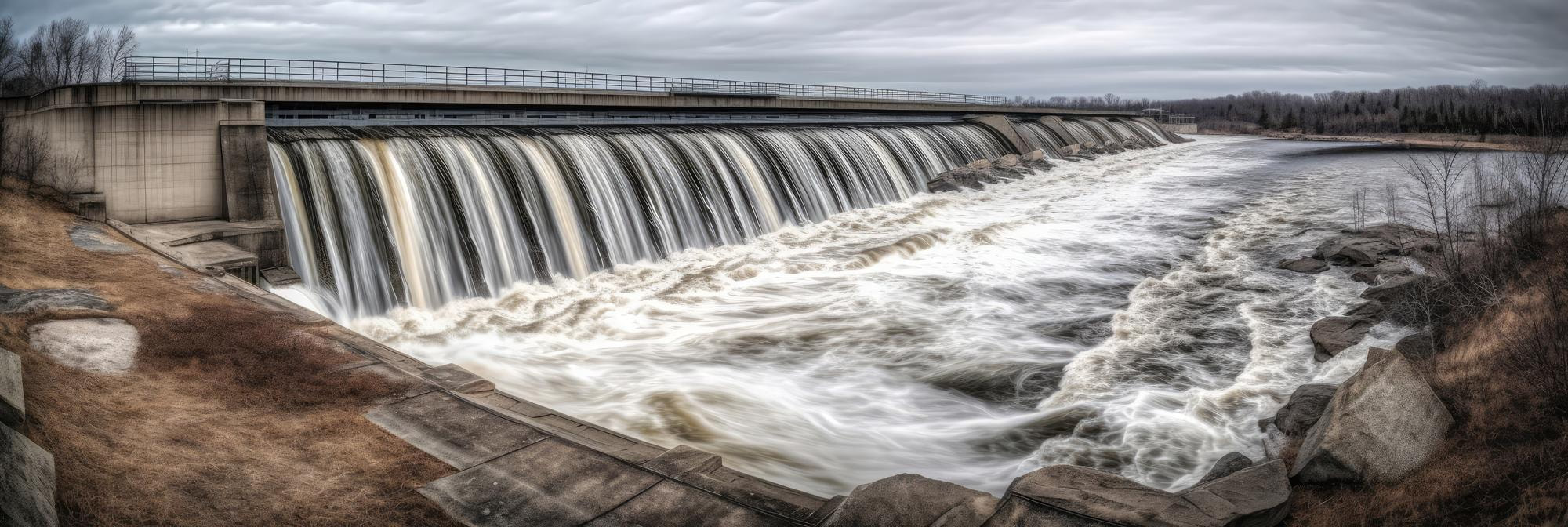
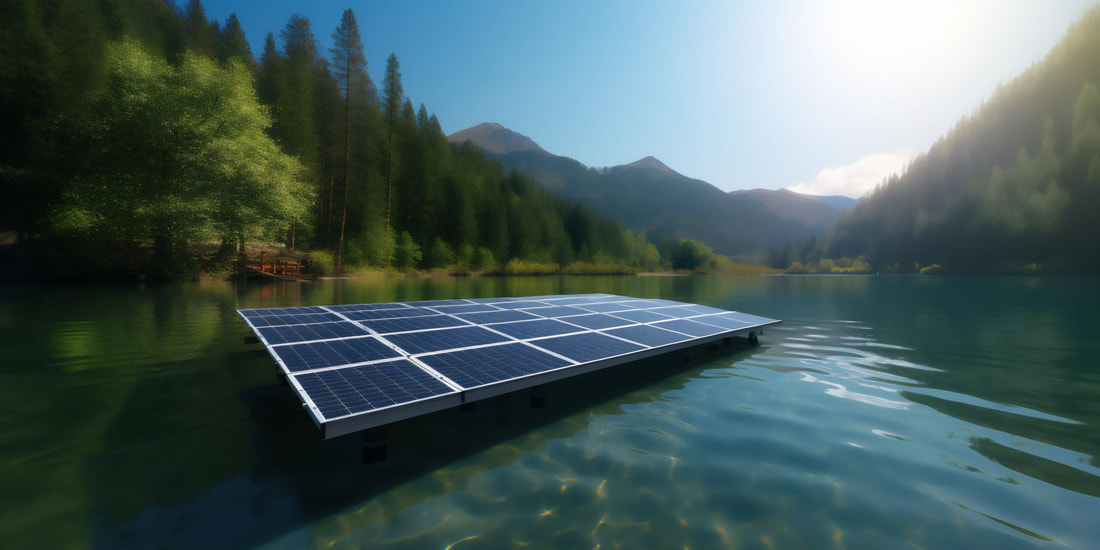
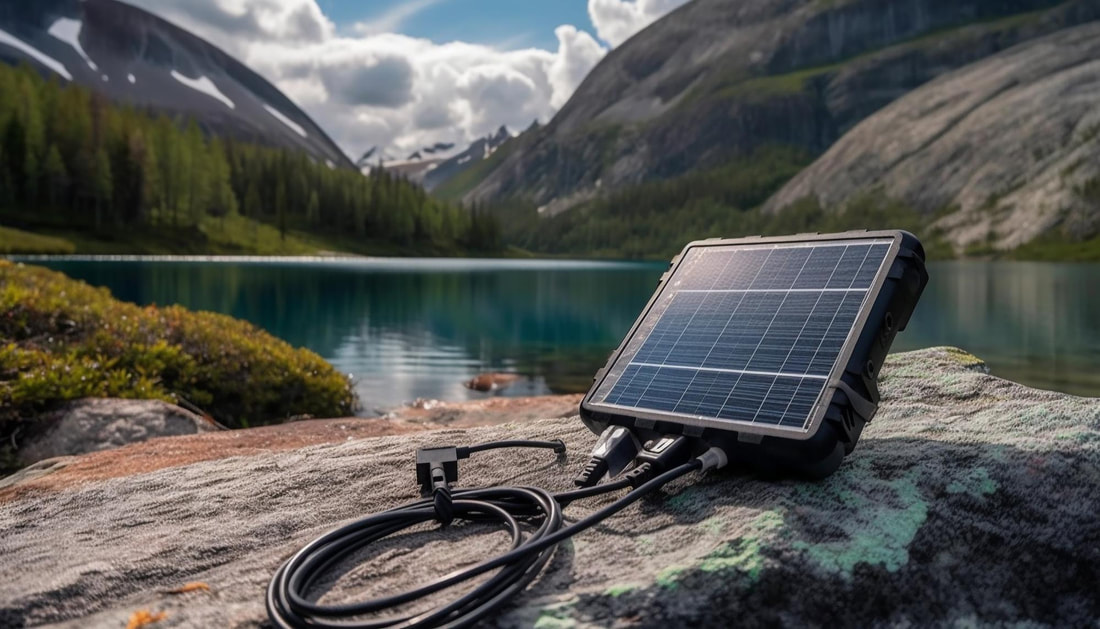
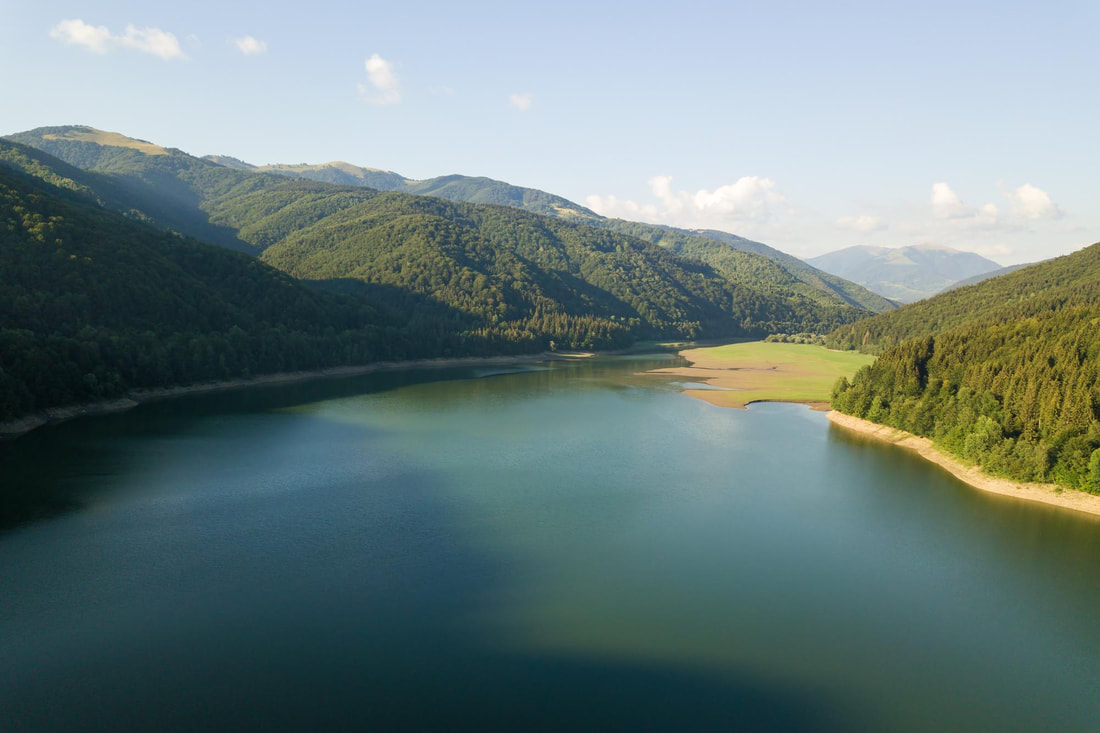
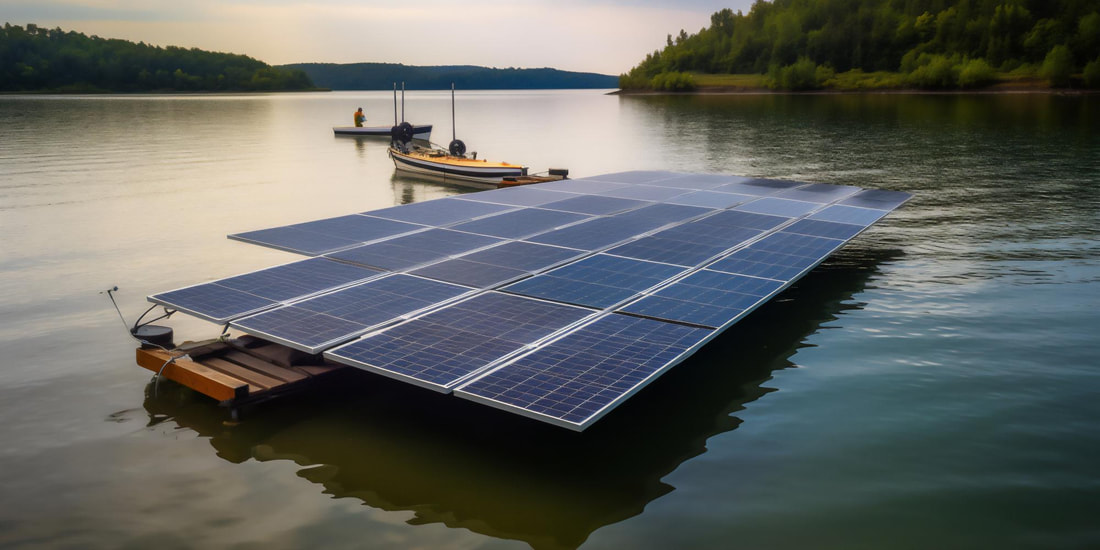
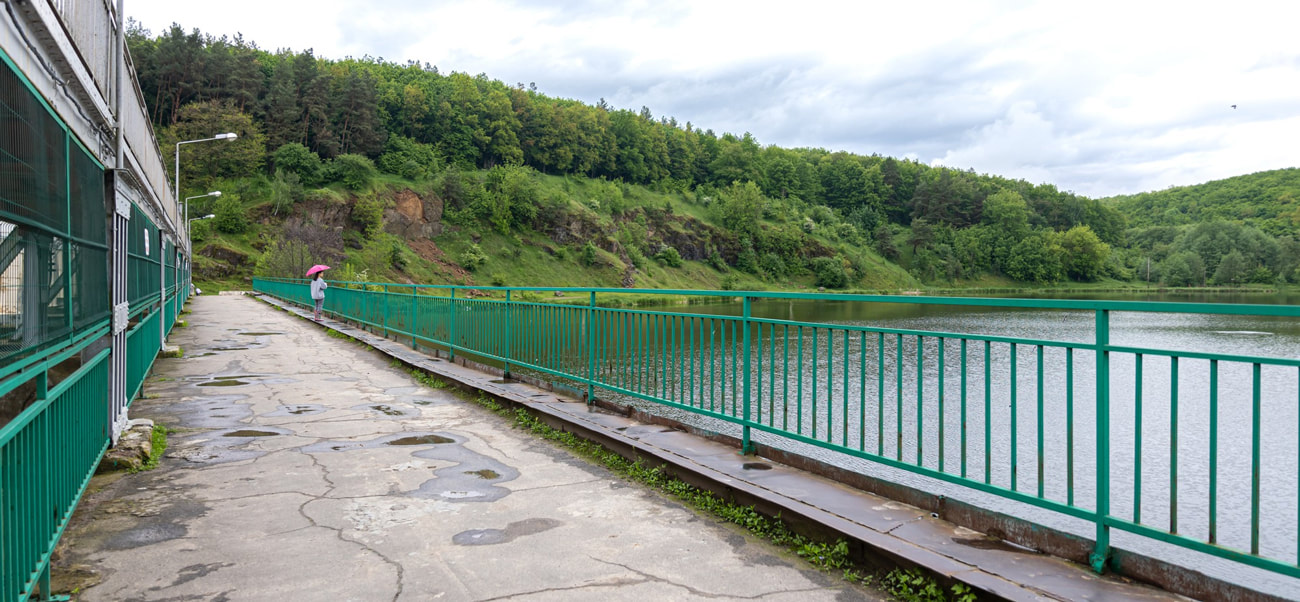
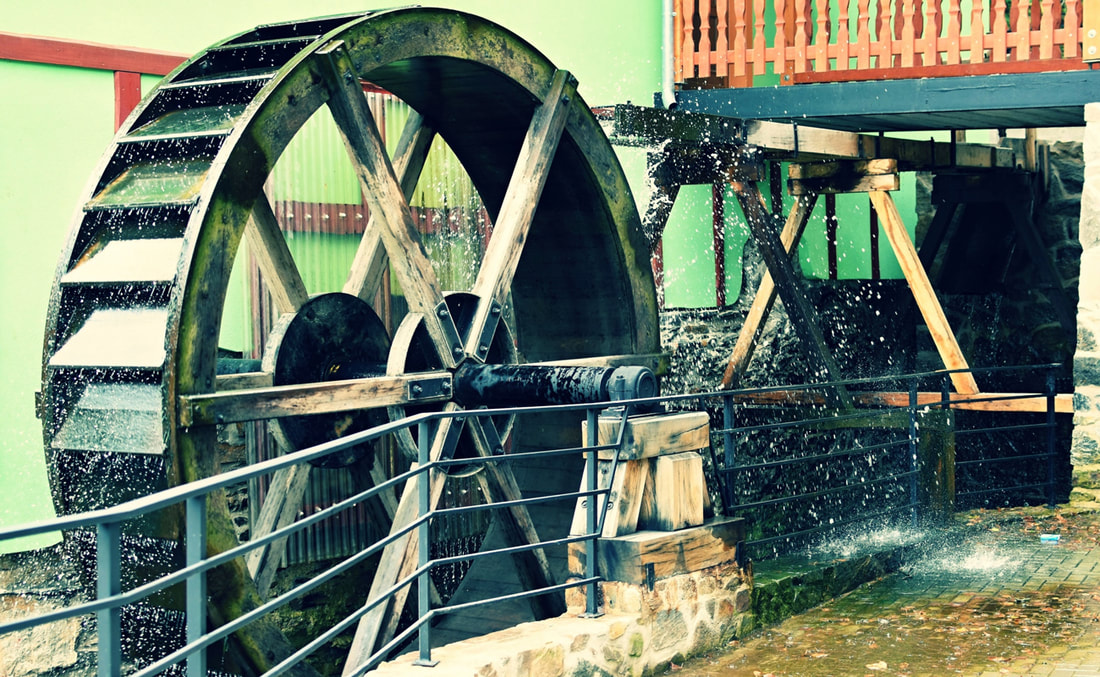
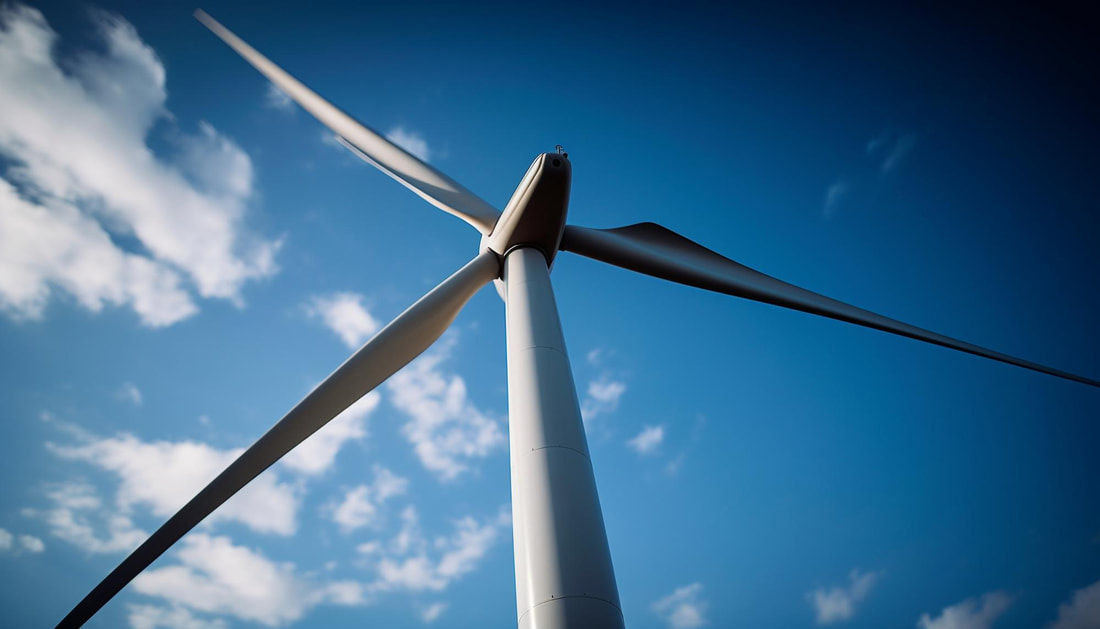
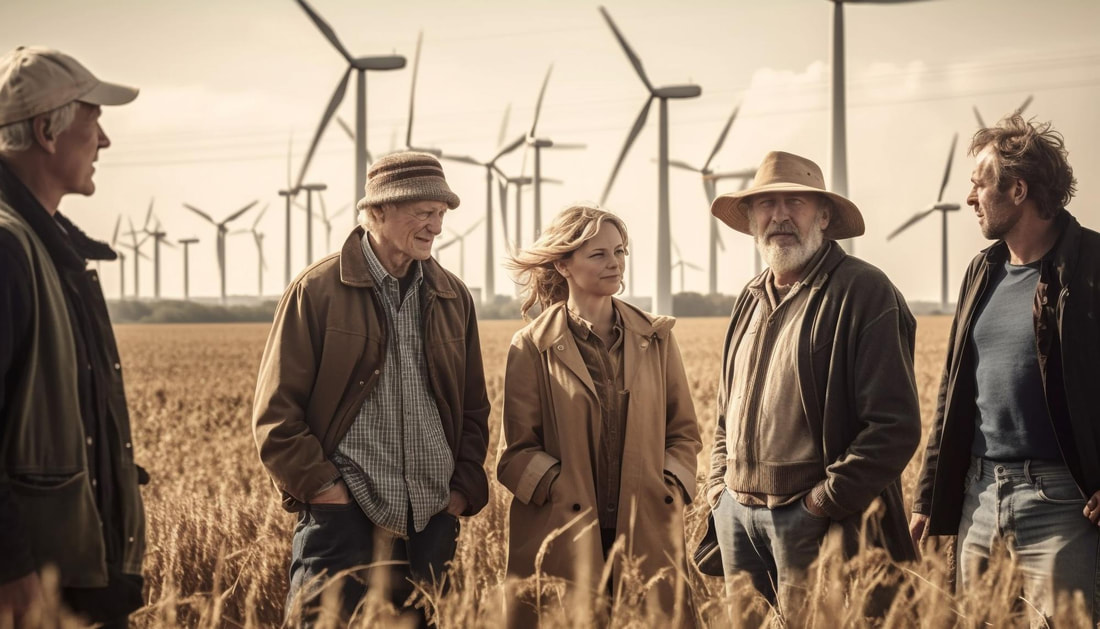
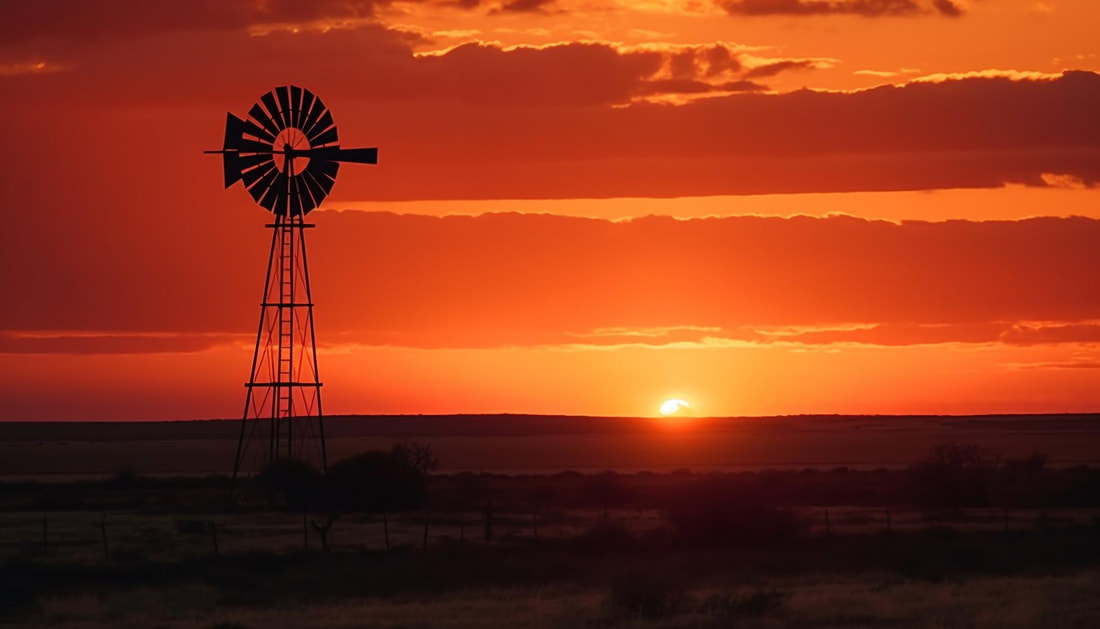
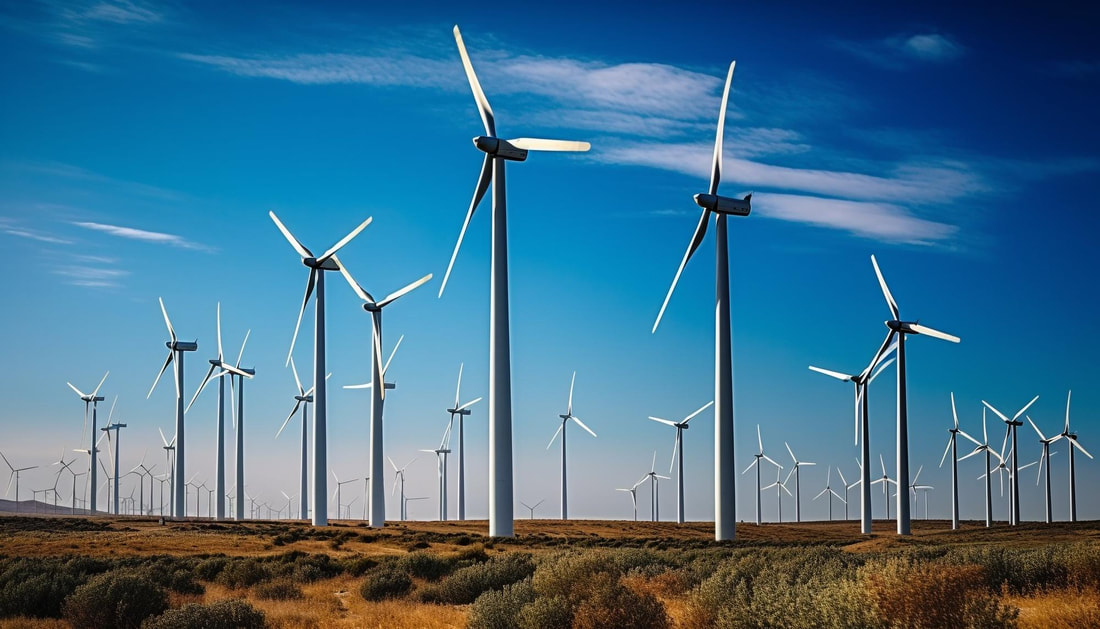
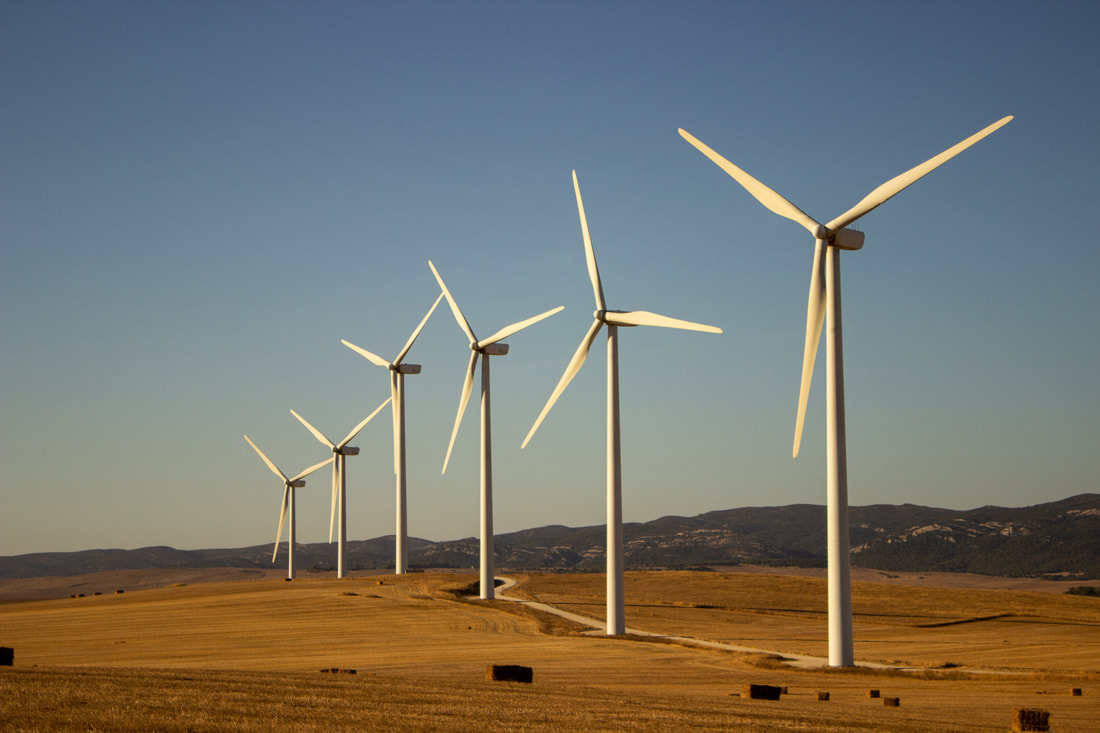
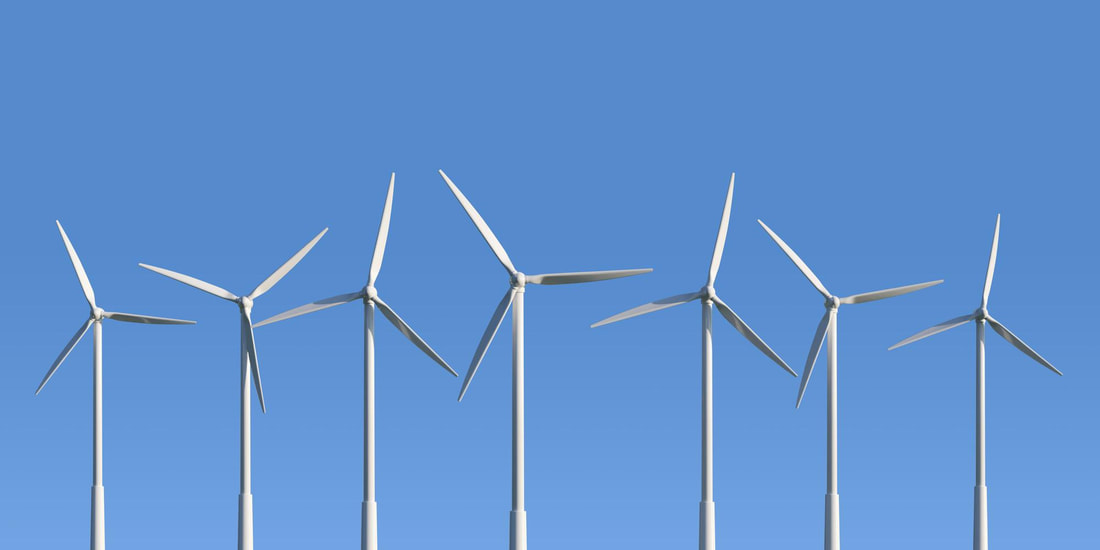
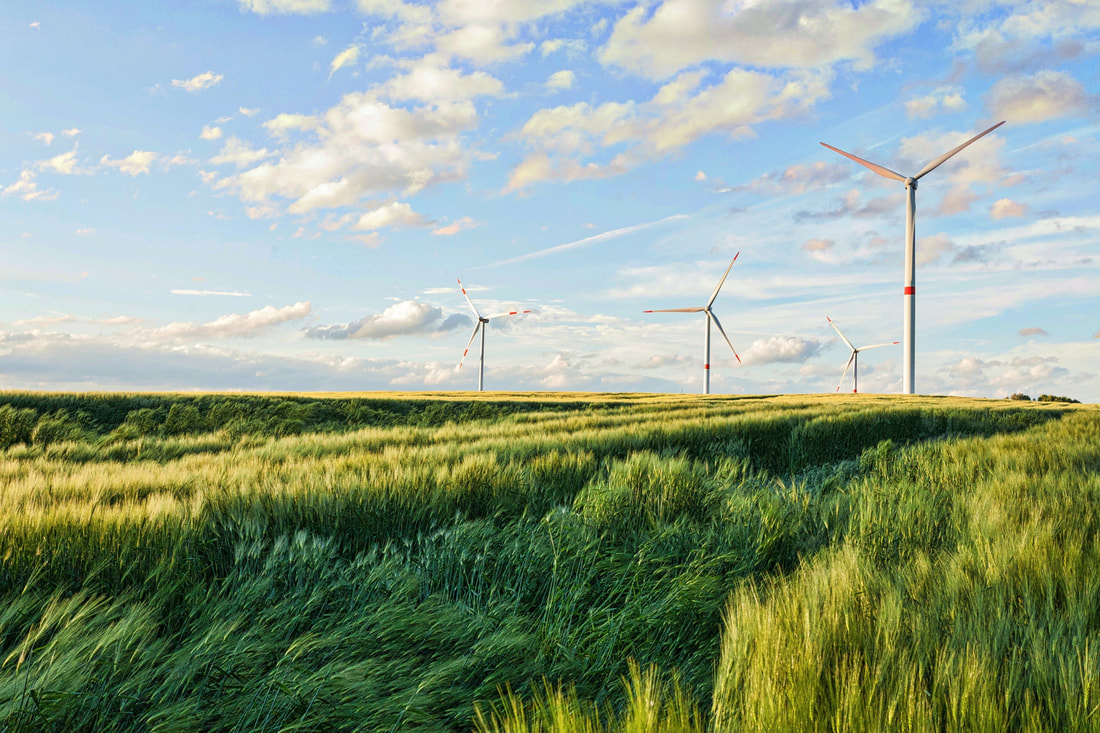
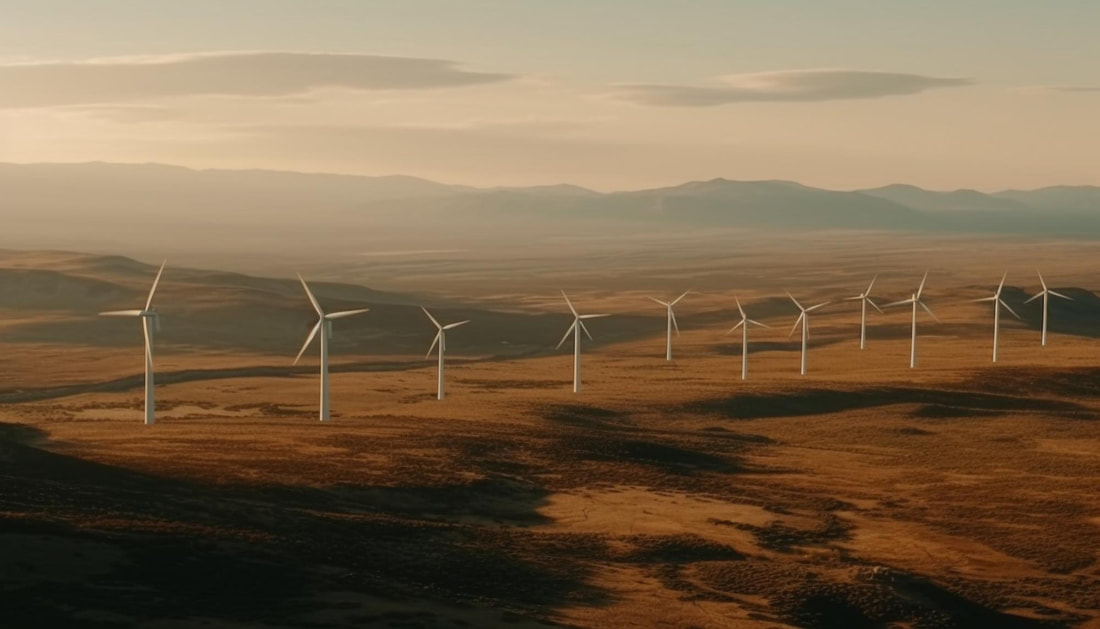
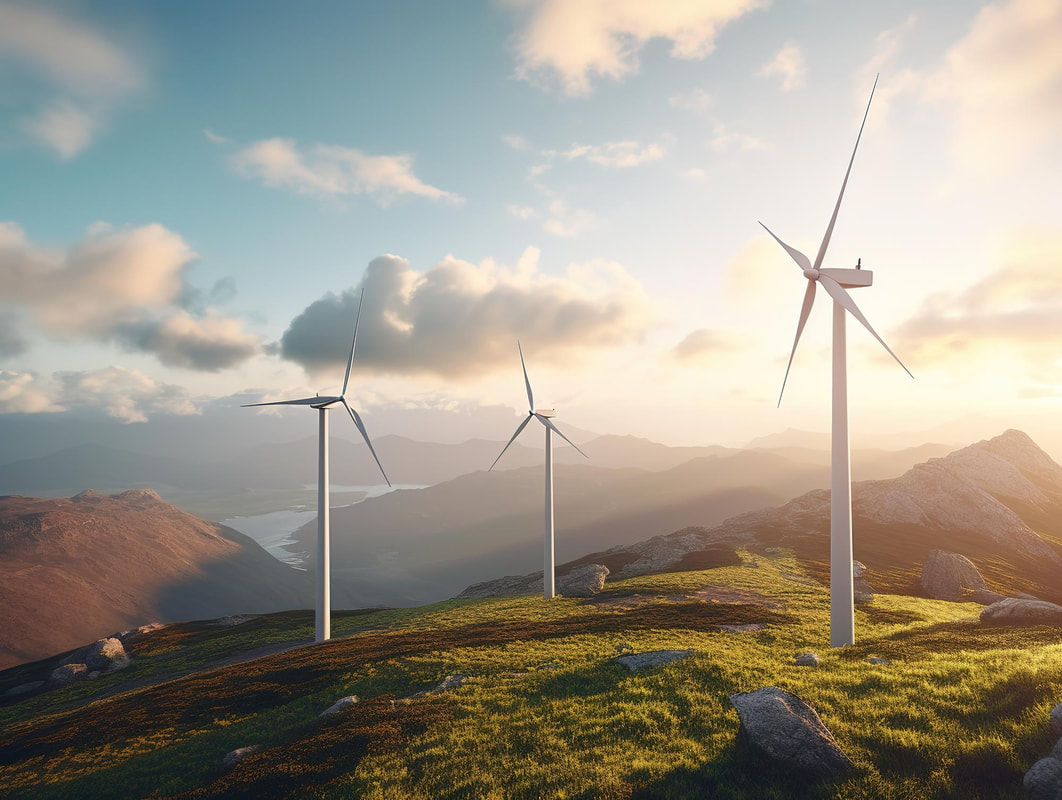
 RSS Feed
RSS Feed

